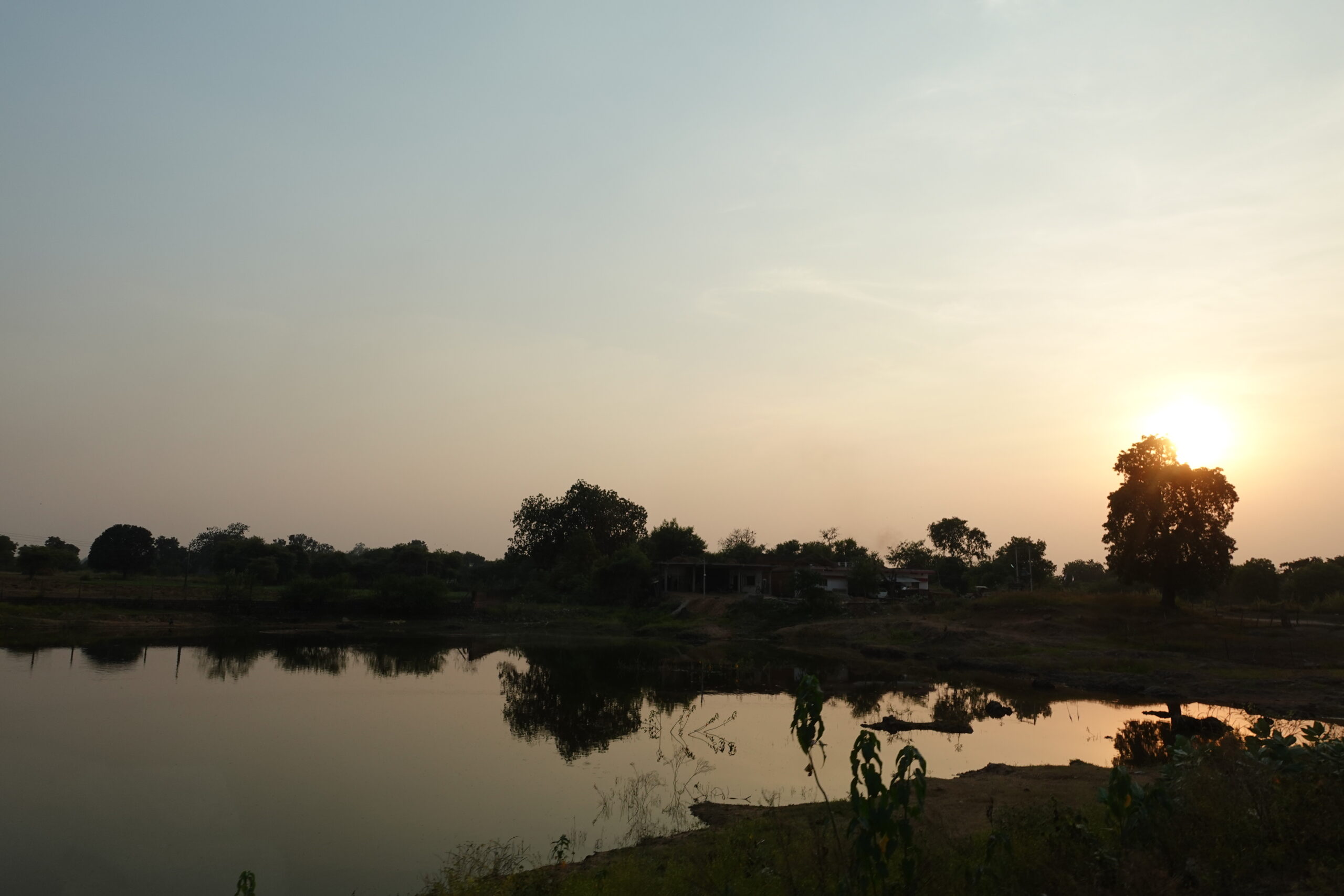Travels to Buddhist sites in India and Sri Lanka (16)
Why have the Buddhist sites in India been buried in the ground and forgotten - realize their meaning in Kajuraho?
After enjoying the western temple complex of Khajuraho, I returned to my lodge to rest, and departed again for the southern temple complex in the evening when the heat had eased.
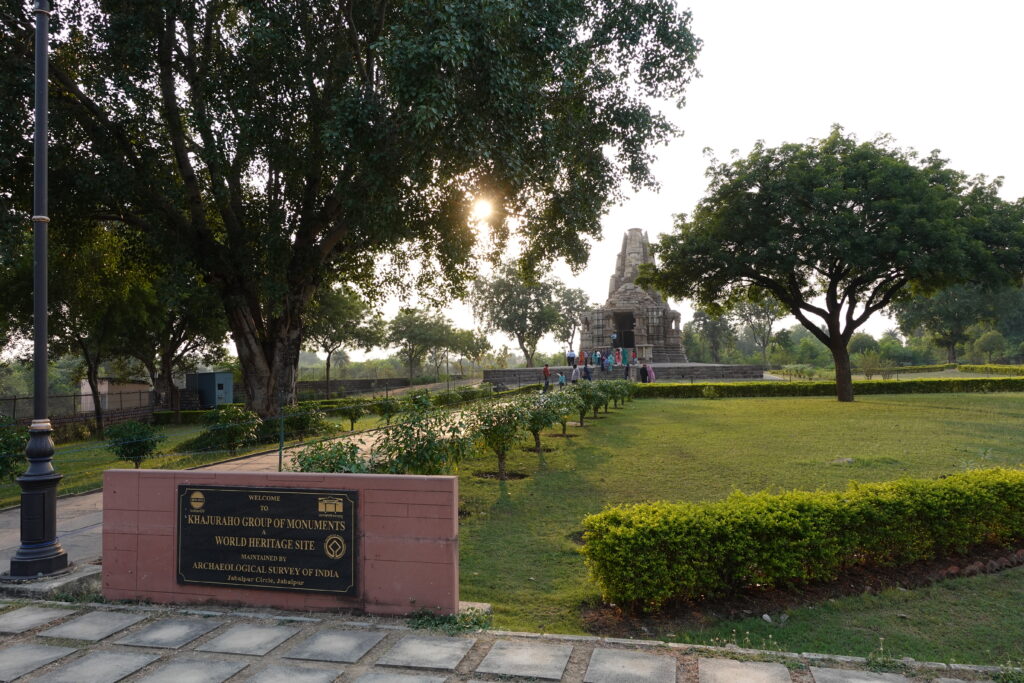
Unlike the huge temples in the western part of the city, the southern part is more like a small park that appears in a rural village.
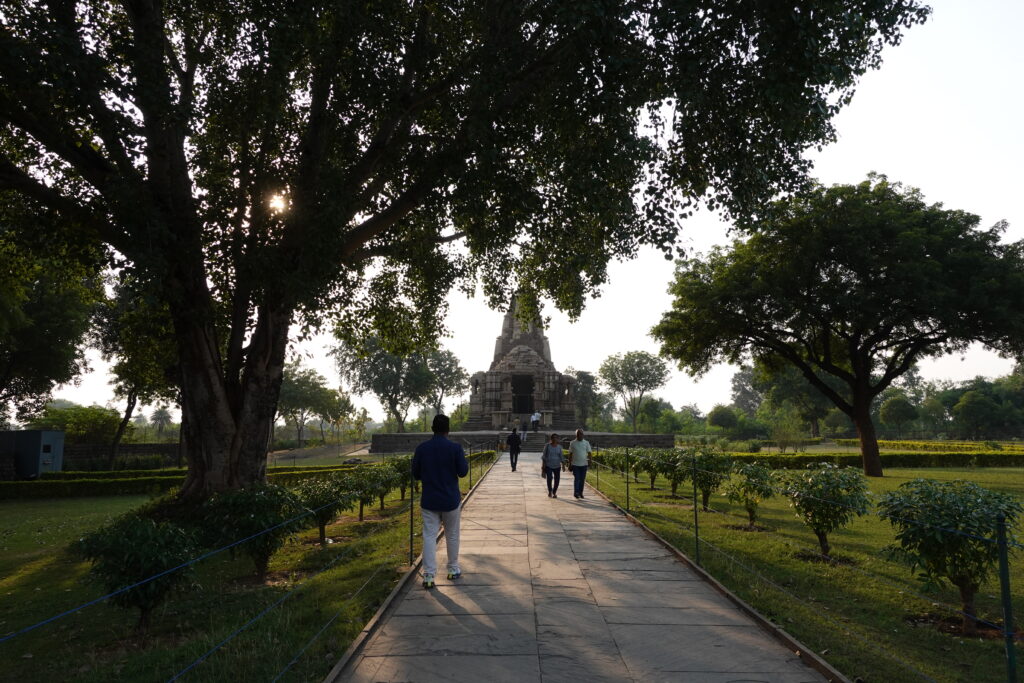
Here at Duradeo Temple, there were few tourists, and the peaceful and relaxed atmosphere was very comfortable. There is a lot of greenery, and I felt refreshed just walking around. This is wonderful.
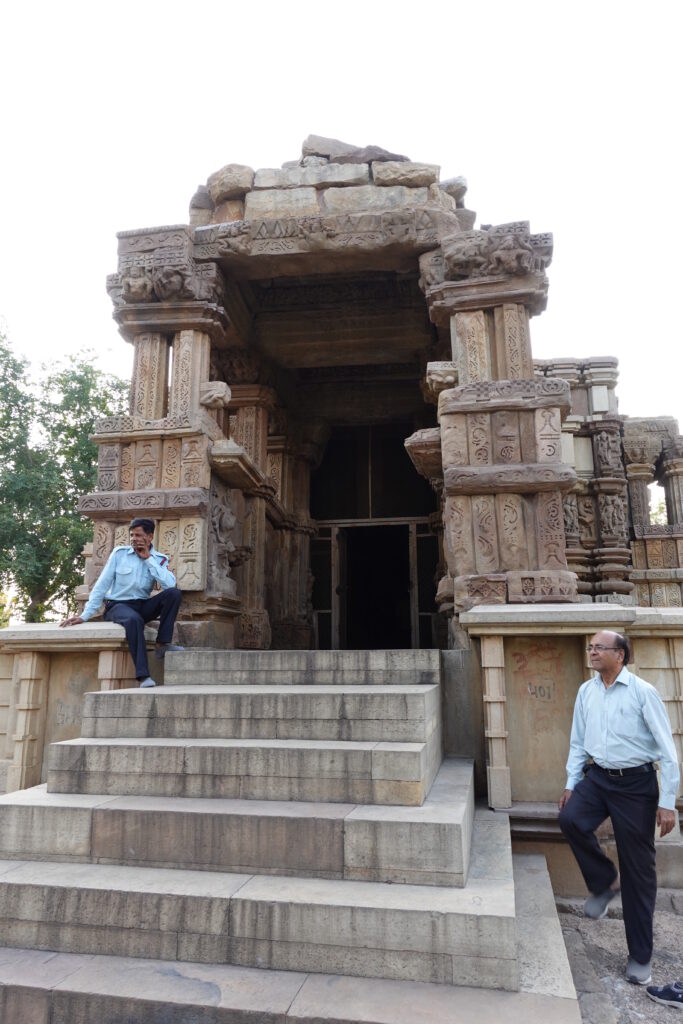
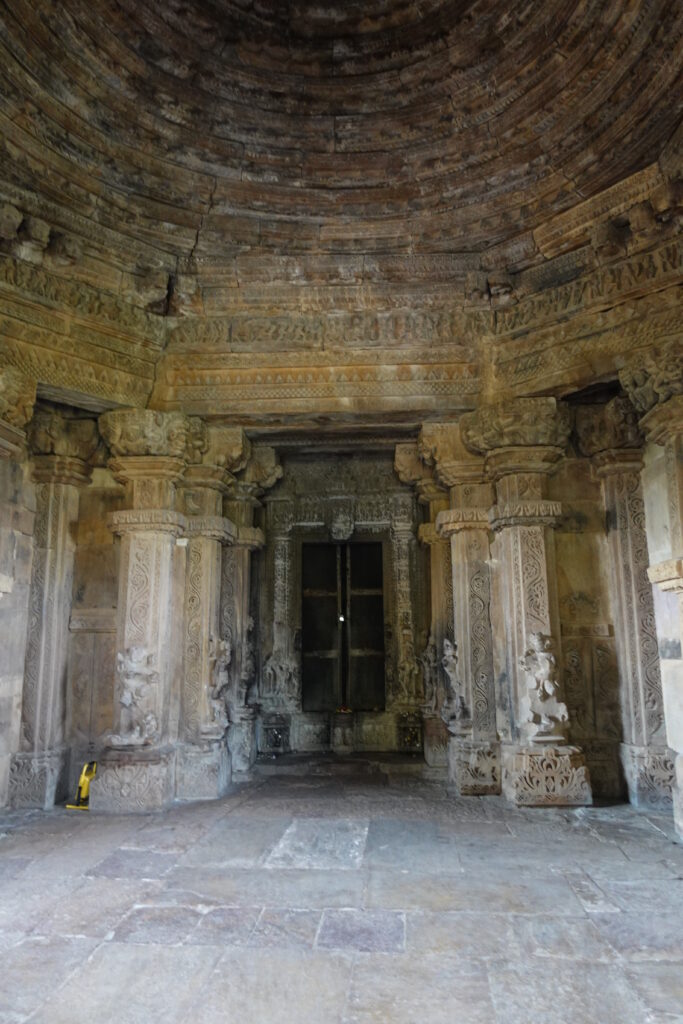
Then I entered the hall and was surprised. The moment I entered this hall, I felt something spiritual in the air. Something was different here.
The west group of Khajuraho was also full of really wonderful architecture and sculptures, but I could not feel the meditative atmosphere there. Perhaps it was the fact that there were so many tourists there that I was not able to experience the contemplative atmosphere.
But this place was different. Clearly, I felt a tightened atmosphere. I don't know why. But there was something about this place that appealed to my spirit.
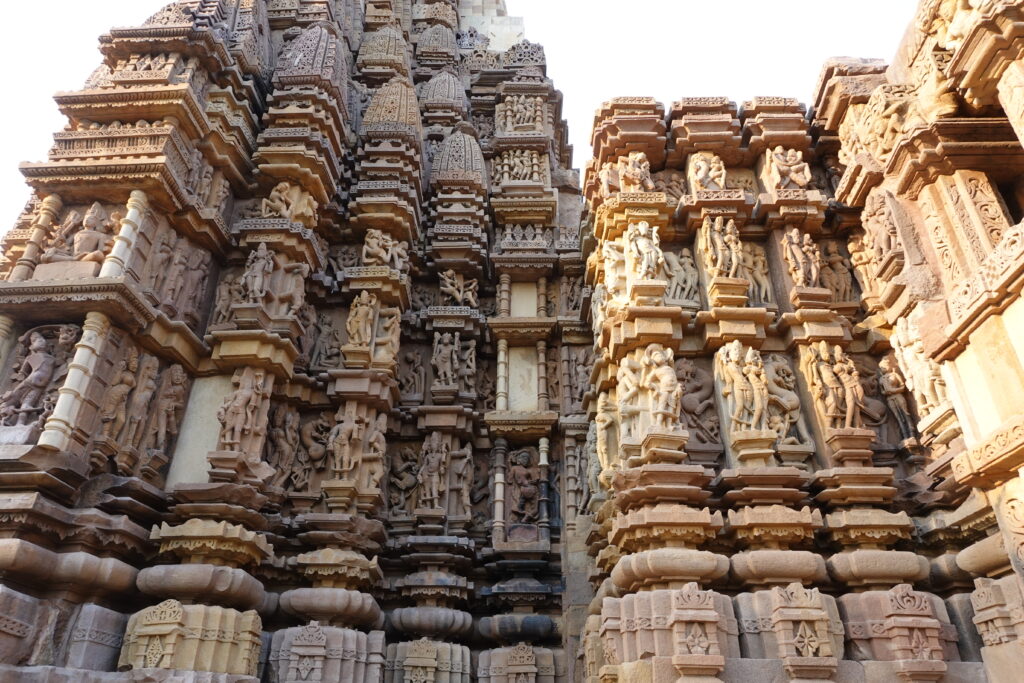
This temple is also decorated with countless carvings, the exquisiteness of which is still overwhelming.
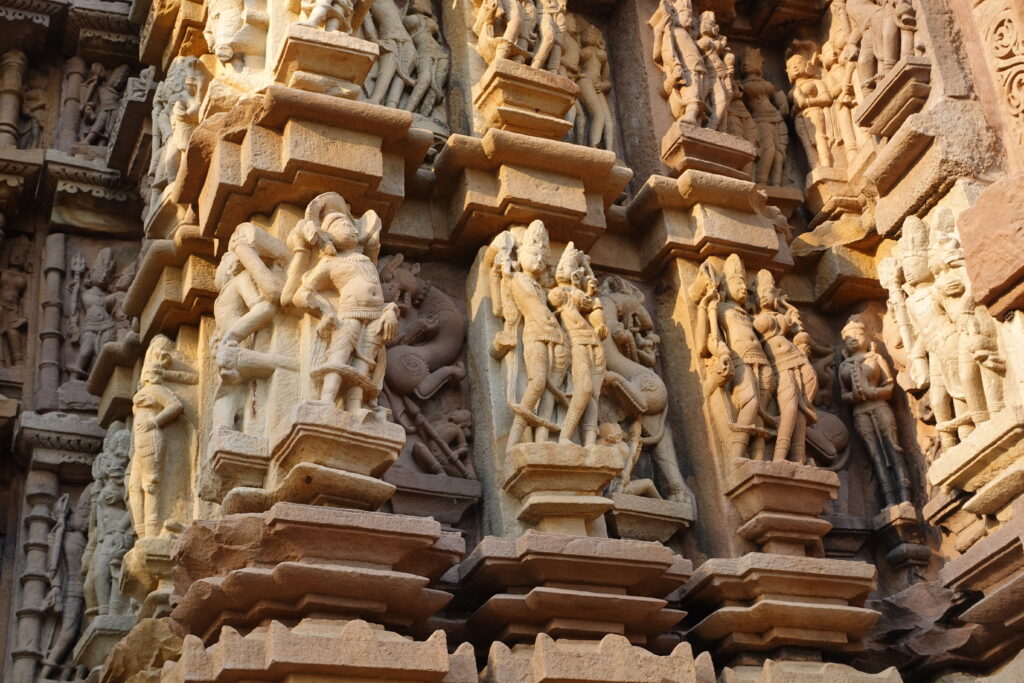
And I noticed in these sculptures that there are clearly fewer Mitna images than in the West Group. There are almost no explicit depictions of sex. There are only a couple of statues of a man and a woman standing together. I felt again that the statues of Mitna in the West Group are special.
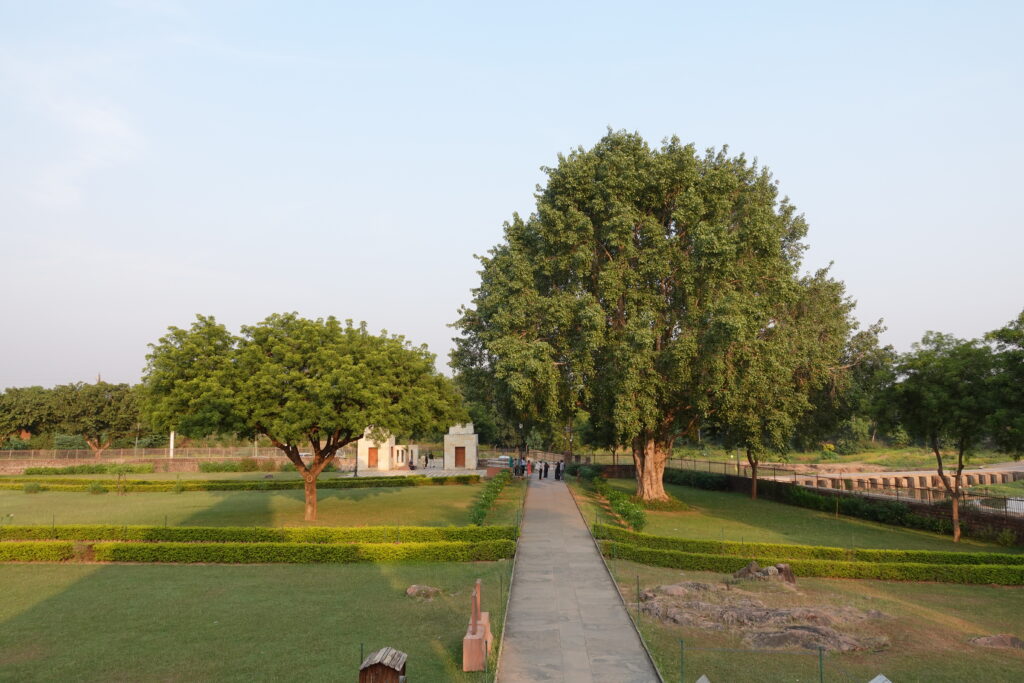
Now that we have discussed Khajuraho for the past three articles, some of you may be wondering when the Khajuraho temple complex was built in the first place.
It is believed that these Khajuraho temple complexes were built by the Chandela dynasty, which existed from the 9th to the early 14th century.
The Chandela dynasty was generous to religion and built many temples in its territory. The largest and most magnificent of these was the Khajuraho temple complex. Most of these temples were built between 950 and 1100, and of the 85 temples that once existed, 22 remain today.
However, these Khajuraho temple complexes are alsoIt wasn't just here as is.The following is a list of the most common problems with the
?" You might think, "What?" but in fact, this Khajuraho was completely forgotten after it was destroyed by Islamic forces in the early 14th century.
It had to wait until 1838 before its existence was rediscovered. An Englishman happened to find the ruins when he visited the area on a tiger hunt.
In other words, this group of Khajuraho temples had been buried for 500 years, almost completely unnoticed.
One might wonder how such a huge group of temples could have been forgotten by the people. In fact, Buddhist monuments throughout India have suffered a similar fate.
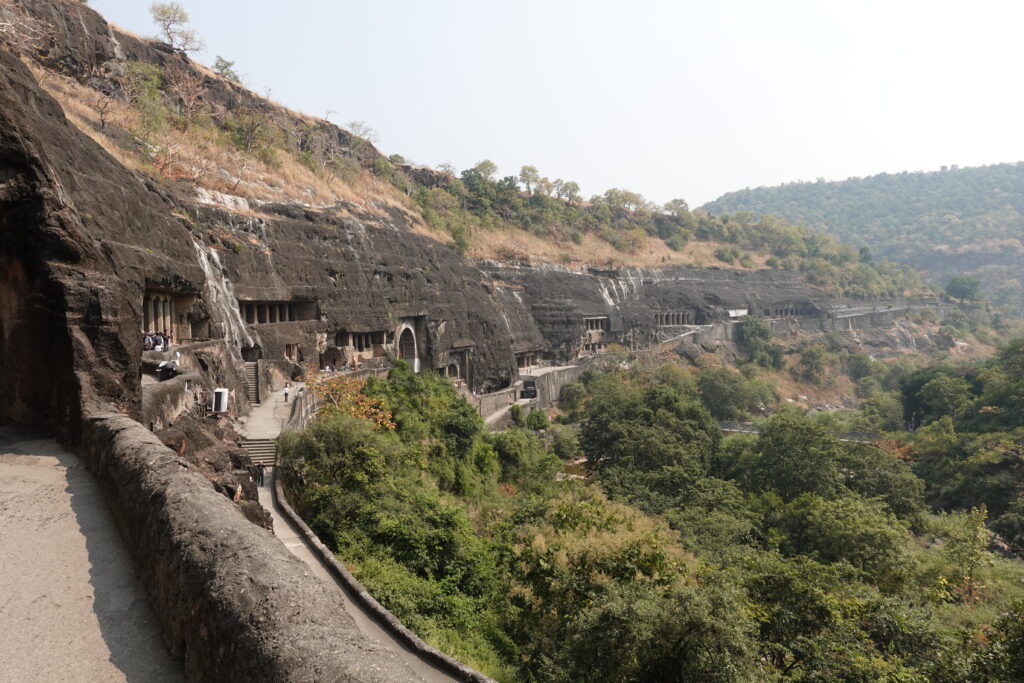
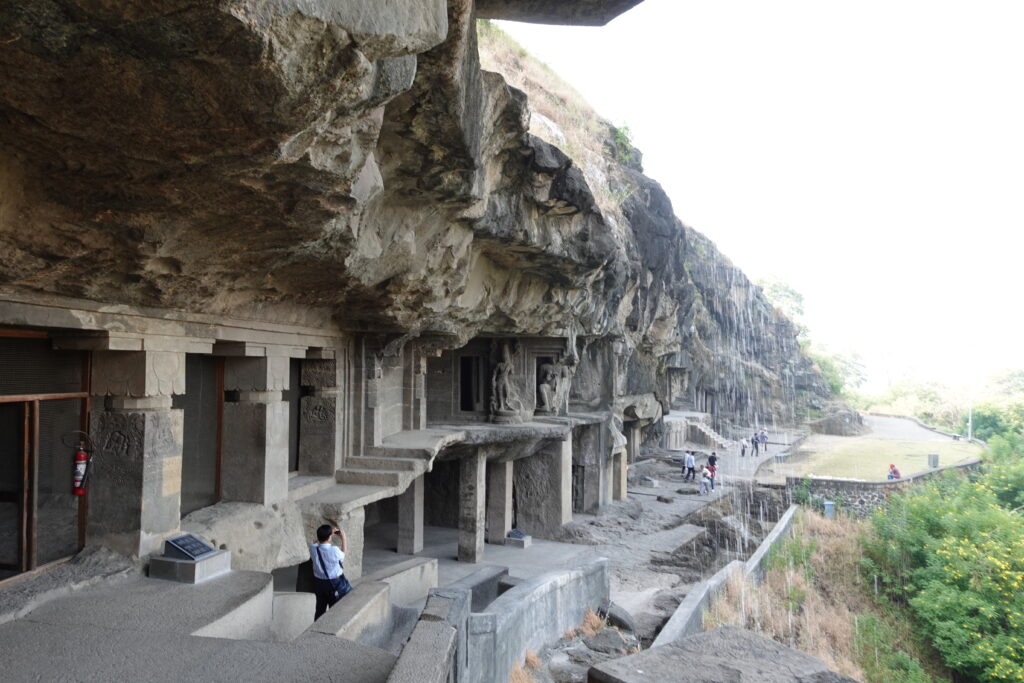
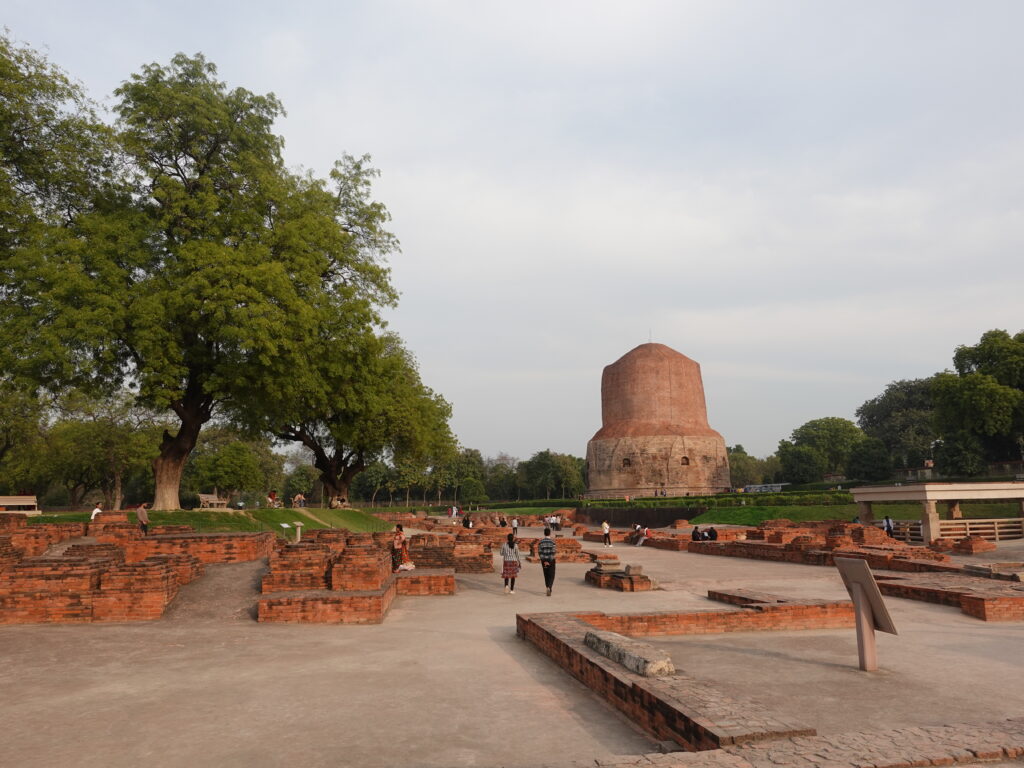
The famous Ajanta and Ellora ruins were likewise discovered by the British in the 19th century. The same is true of the Buddhist sites of Sarnath, Gion Seishasya, and Bodh Gaya. They were forgotten by the Indians and buried in the ground.
It is hard to believe now, but it really was buried in the ground and forgotten.
Khajuraho was forgotten by the locals in the very same way.
I have read these explanations in books and have always wondered about them. I have always wondered how it is possible for such a huge ruin to be entirely forgotten, even though it was buried in the ground and forgotten.
So I asked my guide about it.
He replied, "Yes, indeed, that is true.
But that was not enough to convince me. I dug deeper and asked a question. I asked, "Is it possible for soil to be piled up more than 10 meters high? Wouldn't that be difficult indeed?" I asked.
The guide finally seemed to understand what I was trying to say, and explained, "I am not a fan of the Japanese people, but I am a fan of the Japanese people.
Ueda-san, look at that tree." The guide pointed to a large tree in front of him.

They are very big, aren't they? There used to be many trees like this growing around here. Of course, there were many of them growing near the temple. This hides the temple. From a distance, it looks like a forest."
Ho! I see! So that's how it was! You'd rather be buried in a tree than in the soil first?
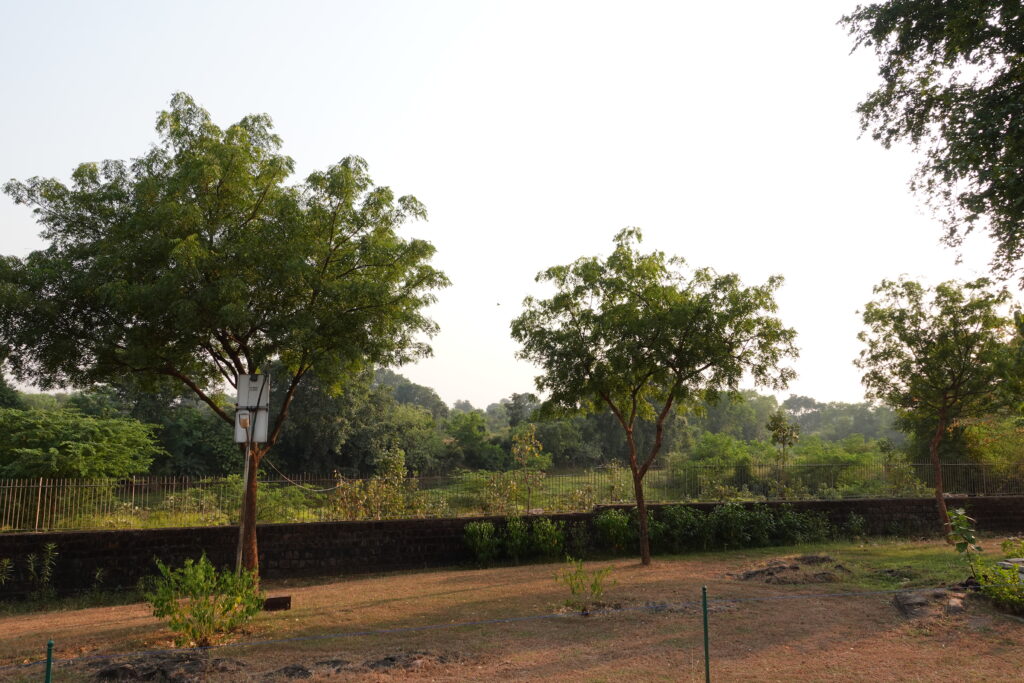
In fact, looking out from the precincts of the temple, I could strongly feel this. On the other side of the wall, there is a river running right across the street, and the trees in front of us are from the other side of the river. It is true that the other side of the trees cannot be seen at all.
Although the precincts of this temple have now been developed and there are no trees here, this place must have once been in the same situation as the other side of the river. It is no wonder, then, that this temple is completely invisible from a distance.
But if you came closer, you could easily see that there is a temple, couldn't you? Such a question also came to mind. The guide answered my question in the following way.
Khajuraho was originally built in a remote location far from the main city of the kingdom. It is still unknown why it was built in such a remote place, but it was not an important place for the invading Muslims, so they did not bother to govern it. The invading Muslims did not see it as an important place, so they did not bother to govern here.
And as I said before, this place has become a jungle with many big trees. The locals do not want to go into the jungle. It is dangerous because of predators and snakes. There were also bandits. Few locals go all the way to such a dangerous place.
Besides, the peasants do not want to leave their villages in the first place. Even if they did, they would only take the roads. They would hardly have gone into the jungle where there were no roads. That is why these ruins have been forgotten.
I see! So that's how it was!
This makes sense. The jungle is too dangerous. People don't go there. Moreover, it is a natural fortress from the government's point of view, so it cannot be developed unnecessarily. The jungle is also useful for national defense. I read this in the course of my study of Sri Lankan Buddhism, by Robert Knox.The Ceylon Island Magazine.It is also fully consistent with the description of the
Well, that's what it was all about. After all, there are things you realize when you actually come to a place. It was only when I came to the site and saw these huge trees that my long-held doubts were answered.
Buddhist sites must have gone through the same process of being forgotten. Buddhist sites are also built in remote areas far from the city. In order to practice meditation, they had to be far away from the bustling city. Perhaps the ruins of these monasteries were gradually devastated and buried in the soil, blocked by trees and no longer visible from afar. The ruins of Saanchi, which I visited after Khajuraho, also followed this trend.
This was a pleasant discovery for me. I really appreciate the guide who took my intentions into consideration.
In fact, this second expedition to India is being led by a different guide than the previous one in August.
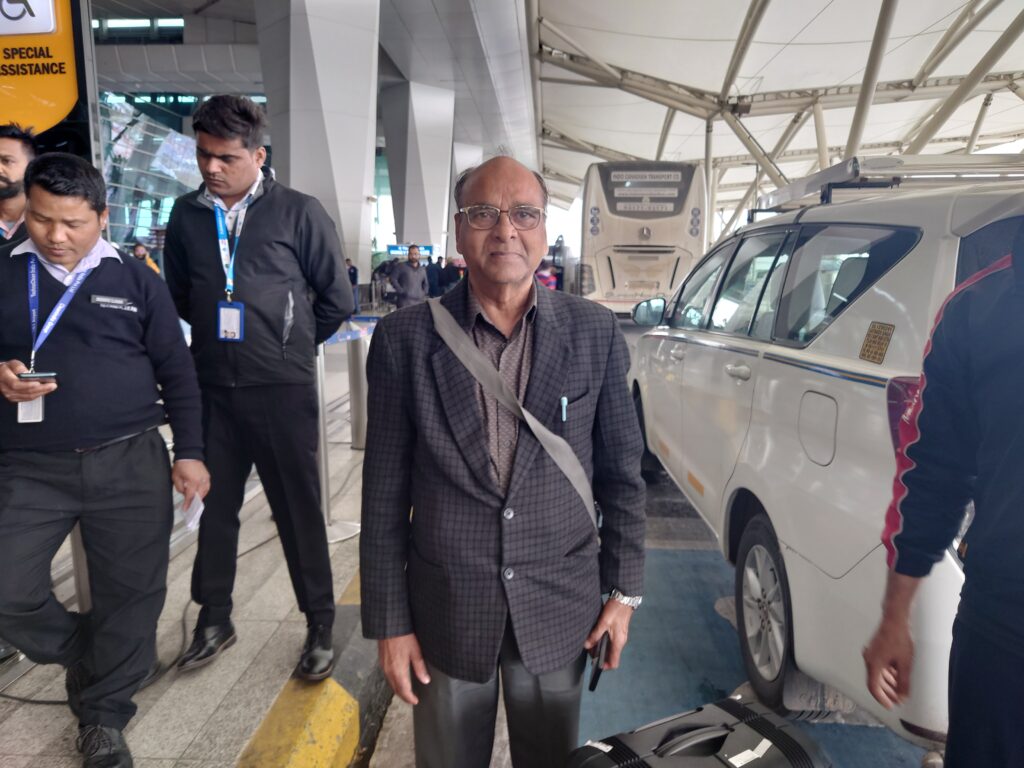
Subash Guputa, a 35-year veteran Indian-Japanese speaking guide, is a specialist in Buddhist site tours. He is a specialist in touring Buddhist sites. He was my guide on the February tour, and I have full confidence in him.
With these reassuring allies, I was able to enjoy my second stay in India to the fullest.
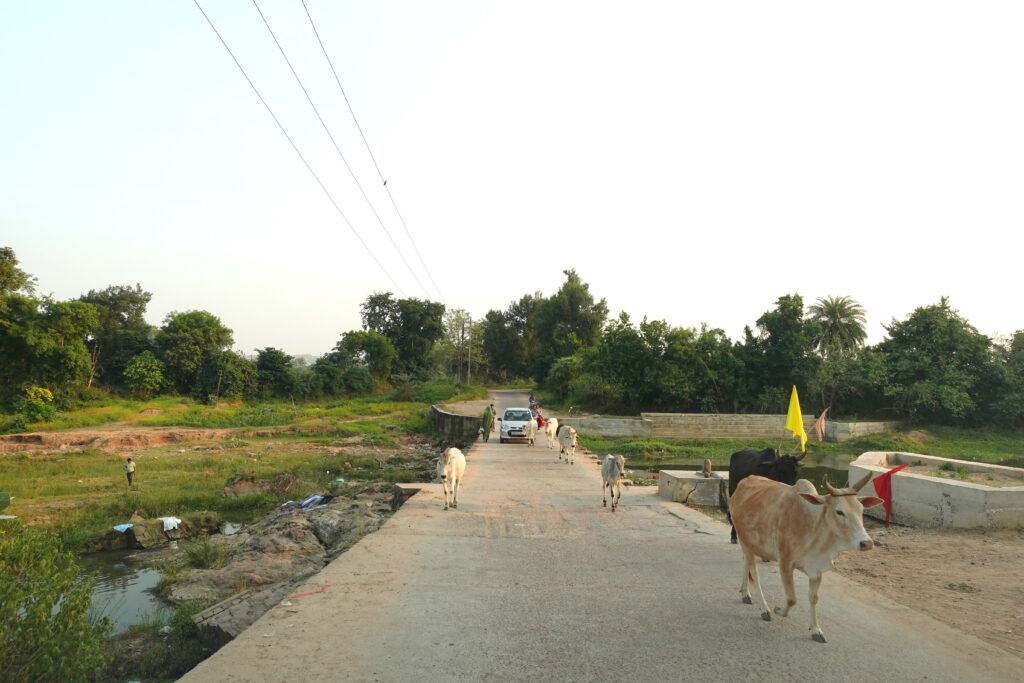
As mentioned earlier, a river runs right by this temple.
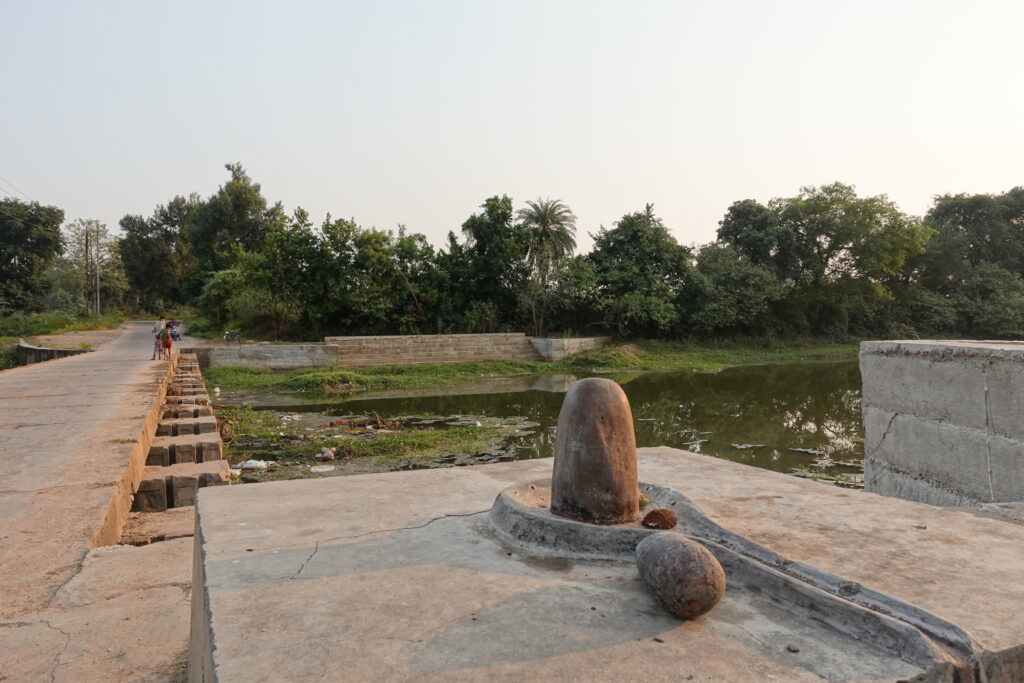
Previous Article(15) The Shiva Linga faith in India: a Hindu view of sexuality in which phallic beliefs are still held in high esteem."But there was also the Shiva Linga I told you about.
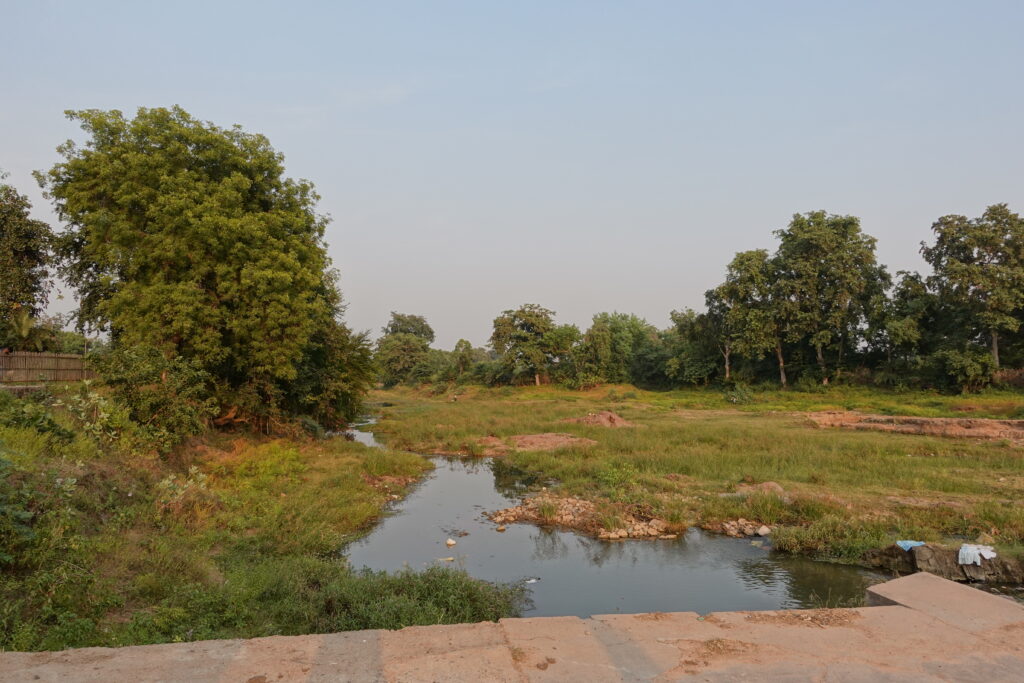
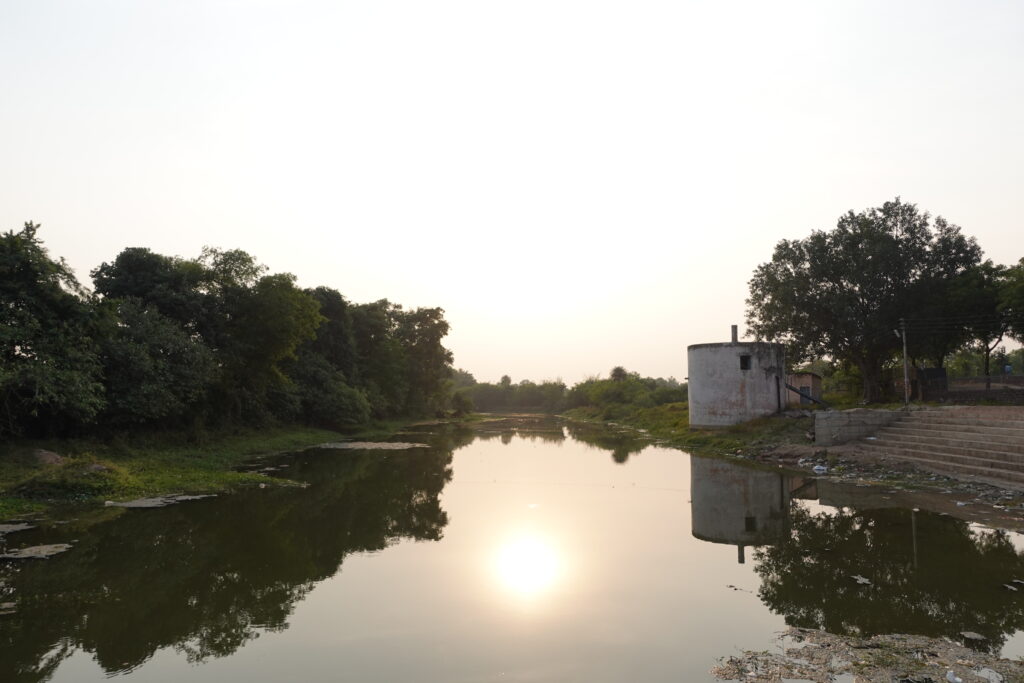
There was also a bathing area right next to the bridge. The staircase-like structure in the photo on the right is the bathing area.
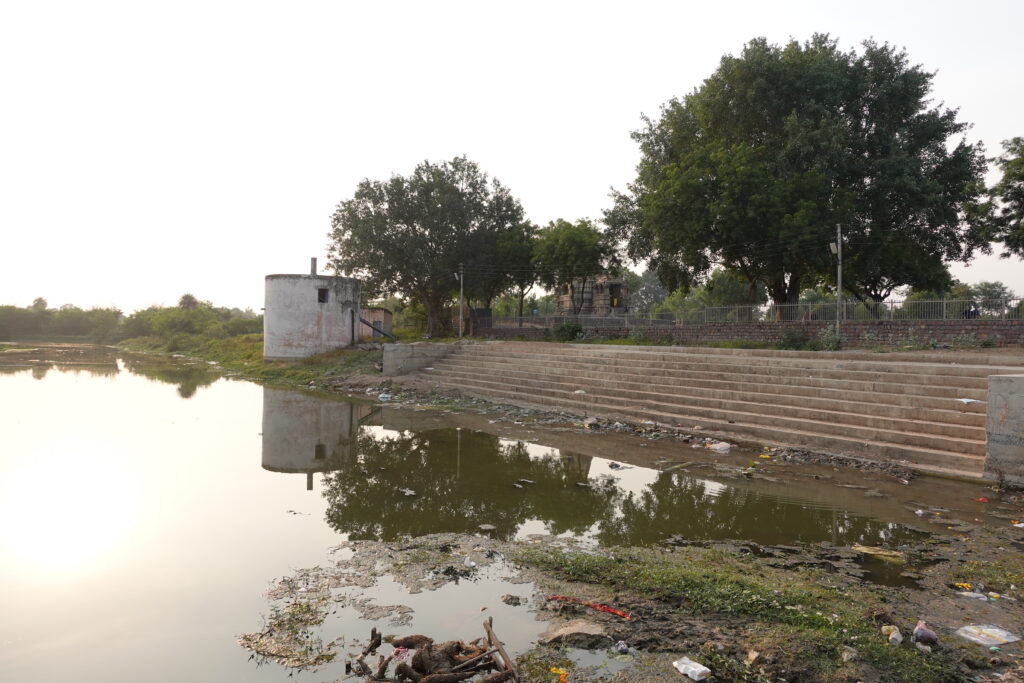
Even though it is a rural river, it is still dirty.... It's still dirty, even though it's a country river.......and the garbage that has accumulated makes me feel indescribable.
As we gazed at the river, our guide said, "I'm not sure what you're talking about.
Mr. Ueda, do you see the red cloth in the foreground? Those are cremation remains.
What? ! You were cremated here?
Yes," he said. Indians cremate there if there is a river."
I could understand if they were cremating people in Varanasi, the holy city of the Ganges, but I was puzzled by the fact that this was an ordinary river.
All the rivers are connected to the Ganges. So it's all right."
Hmmm...I wonder if that's how it works. But it is impossible to go to Varanasi every time someone dies. The village crematorium must be close to the village. I guess that's the way it is.
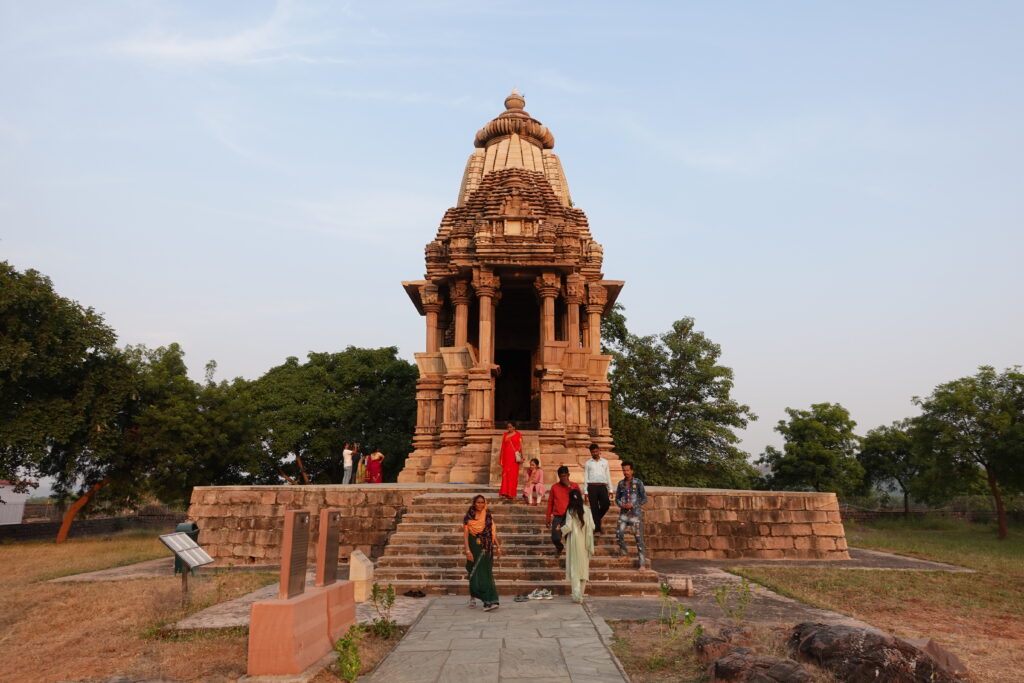
I continued my visit to the nearby Chaturubuji Temple to admire the Khajuraho sculptures in the setting sun.
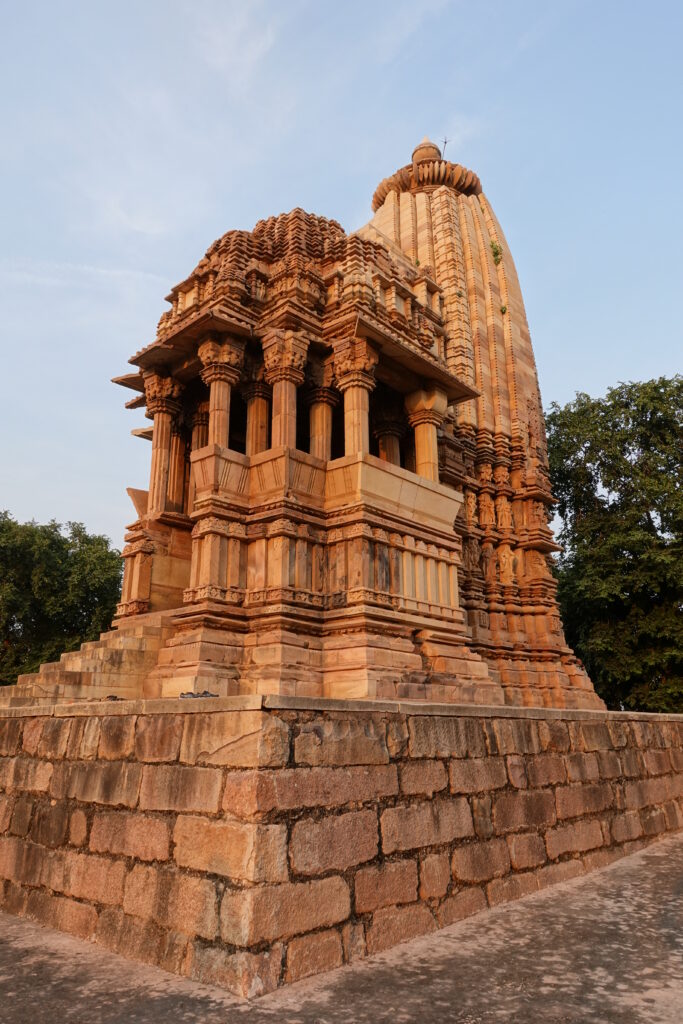
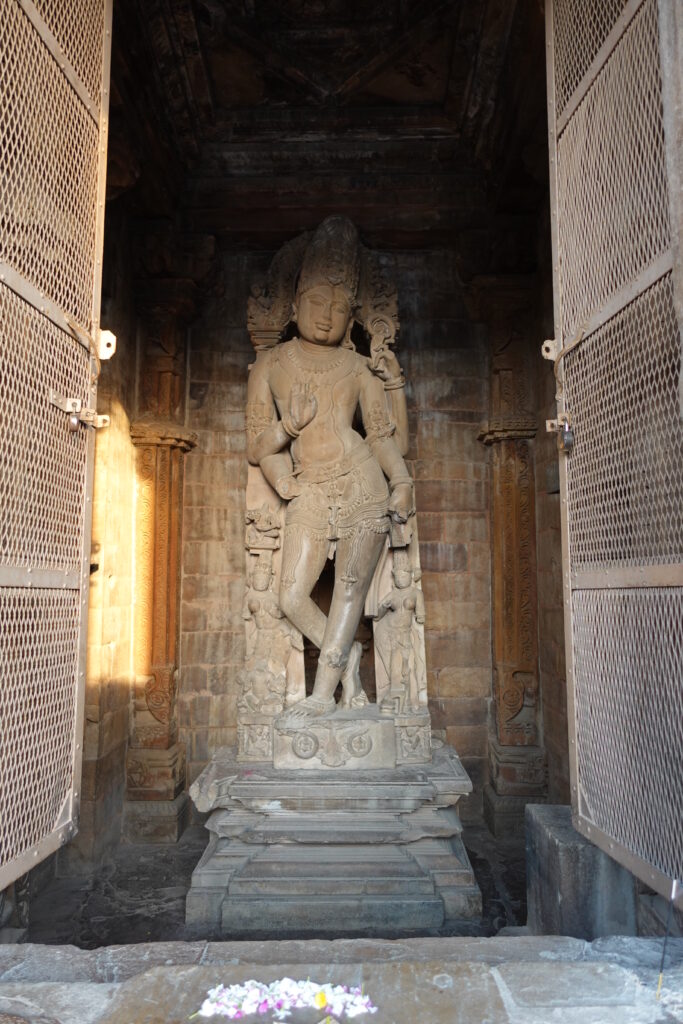
The statue of Shiva Sinamurti enshrined here is also highly regarded as a masterpiece of Khajuraho sculpture. Indeed, I felt the extraordinary power of this statue.
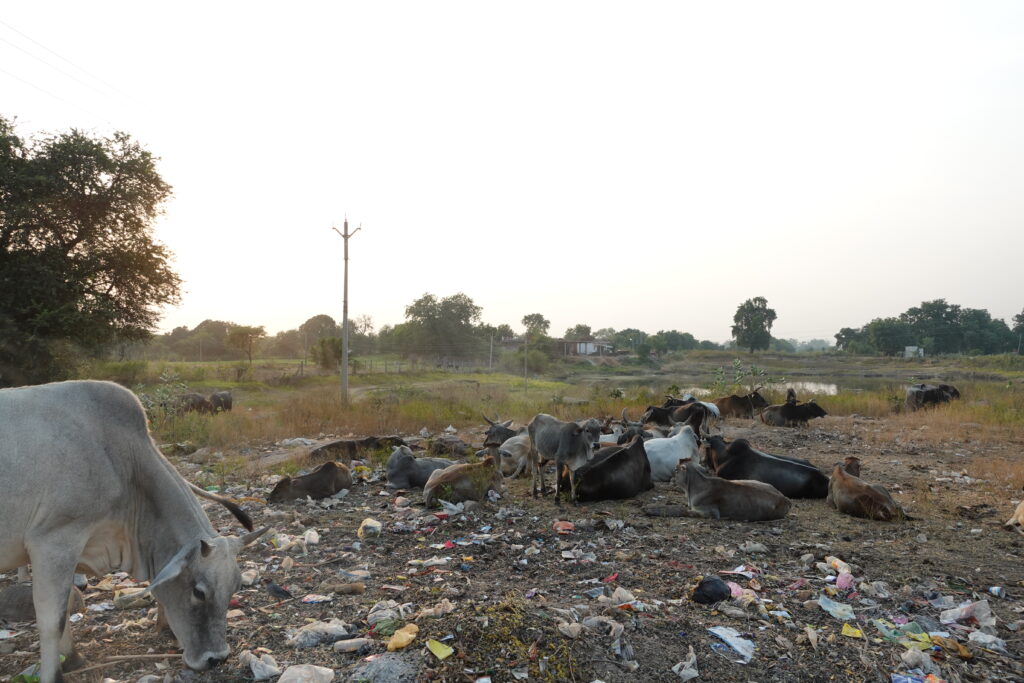
But still, it's peaceful here....
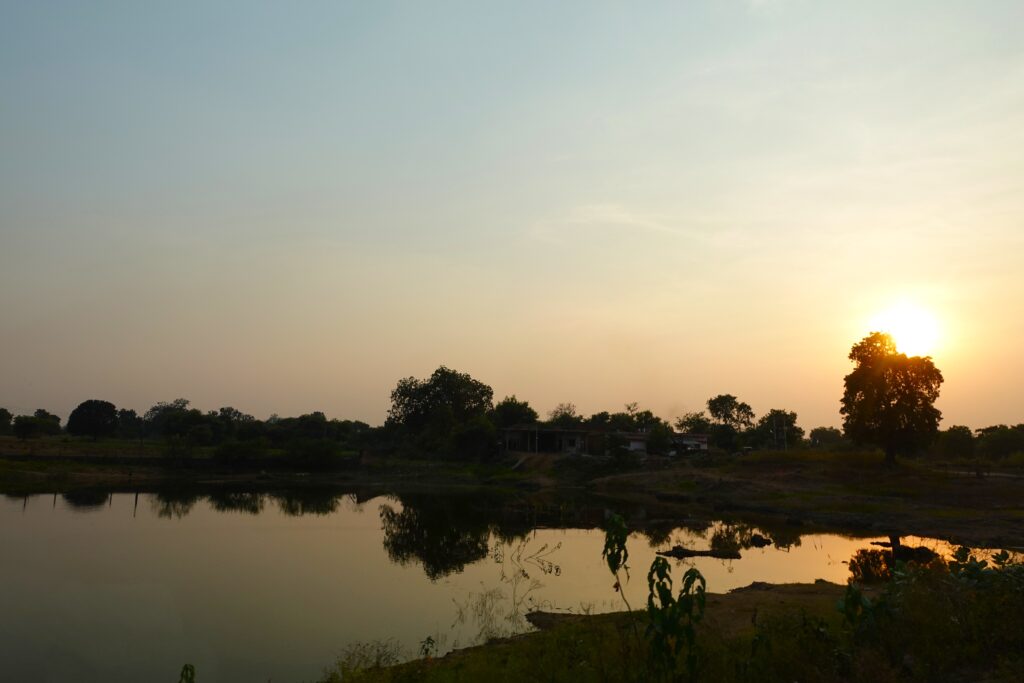
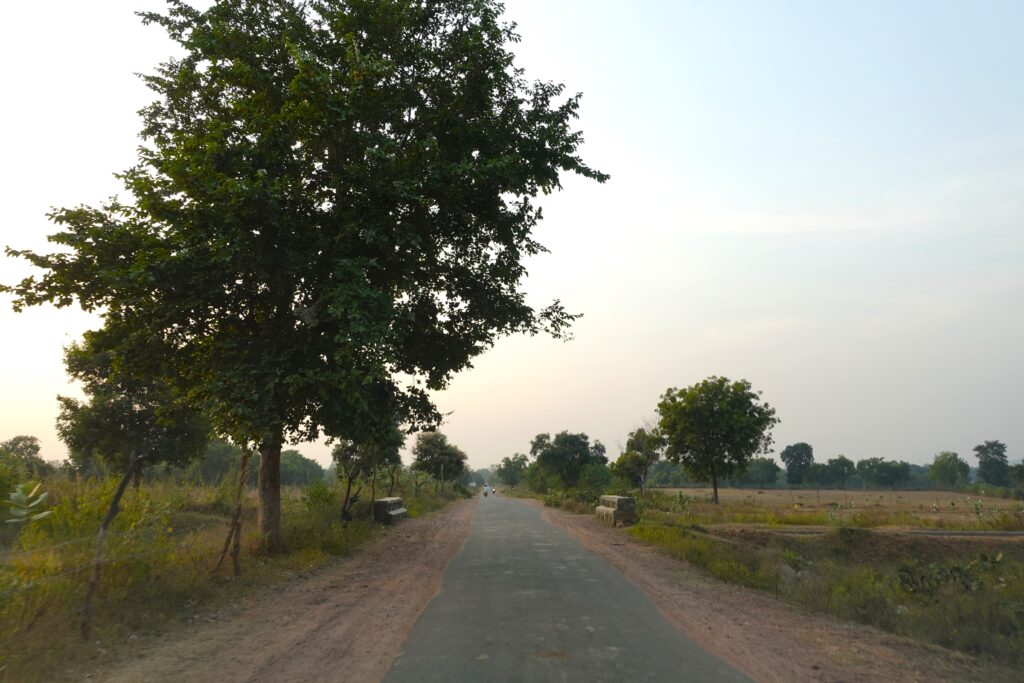
Khajuraho still retains the atmosphere of a rural farming village. As our guide said, the people here are all very relaxed about their time. Their lives are completely different from those of busy city people. There are many places where there is no electricity, but even so, there are many people who love this relaxed, self-sufficient lifestyle.
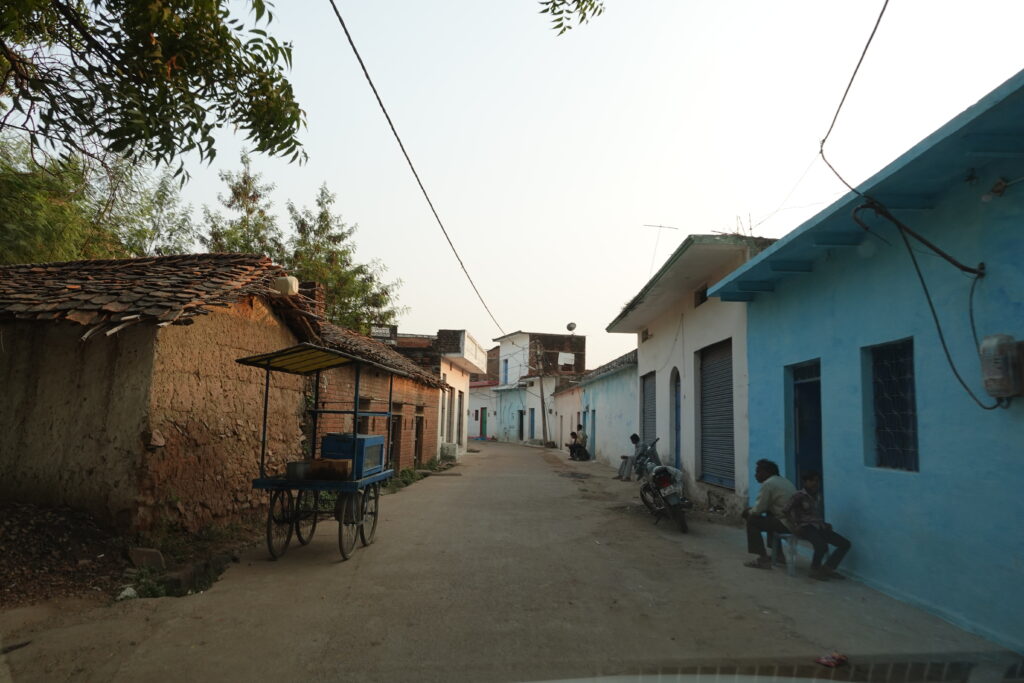
My experience in Khajuraho was indeed exciting and interesting. Besides, I did not expect that the question "Why were the Buddha's remains buried in the ground and forgotten? This was a delightful discovery.
The second expedition to India got off to a good start!
Next stop is Saanchi, famous for the largest and oldest stupa in India.
*Below is an article with reference books on India and Sri Lanka that we have referenced in this travelogue. Please refer to them.
periodA list of recommended reference books to help you learn about Indian history, religion, and culture."
periodA list of recommended books for "those who want to know more about Indian Buddhism."
periodA list of recommended books to help you get to know the Buddhist country of Sri Lanka."
Next Article.
Click here to read the previous article.
Related Articles











